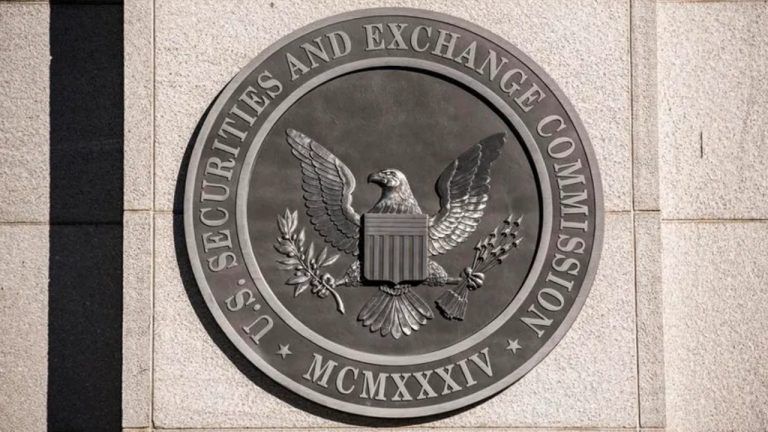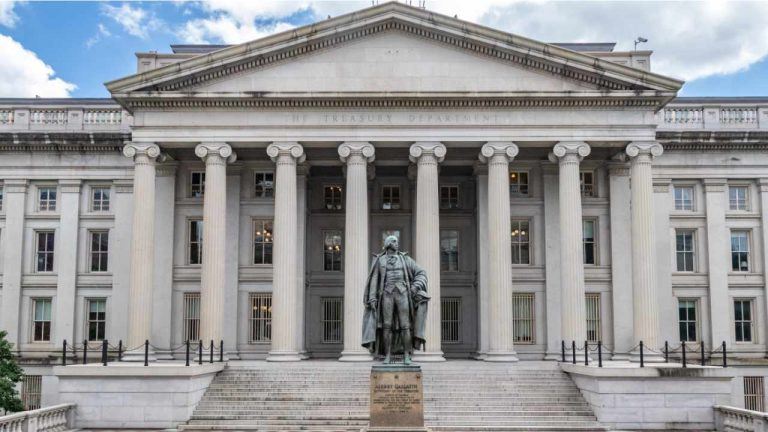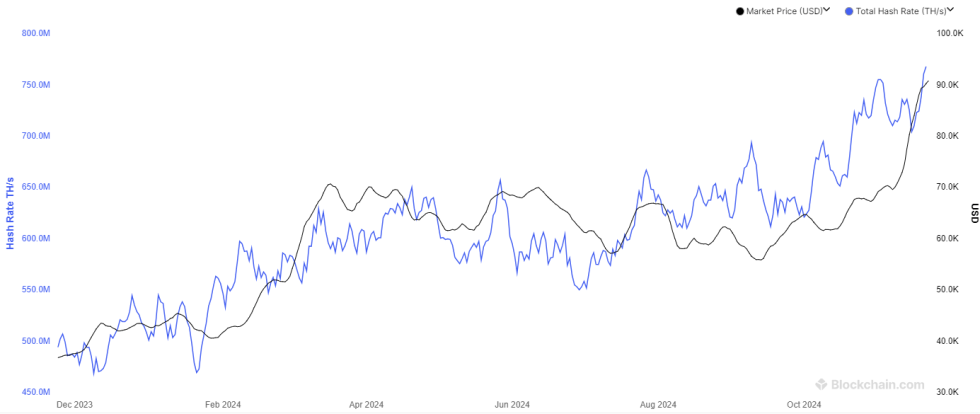Stablecoins, as opposed to extremely volatile cryptocurrencies such as Bitcoin and Ethereum, are intended to have a steady value, sometimes tethered to a fiat currency such as the US dollar. Because of this stability, stablecoins are increasingly being used for a variety of purposes, including online transactions, remittances, and as a store of value. However, as the global economy faces uncertainty and the risk of a downturn, the question of whether stablecoins are recession-proof arises.
The Ascension of Stablecoins
Stablecoins have gained popularity in recent years, owing to their stability and usability. They provide the advantages of cryptocurrencies, such as rapid and borderless transactions, without the significant price volatility that can put users and businesses off.
The US dollar-backed stablecoin is one of the most common varieties of stablecoins, with each token being backed by one US dollar held in reserve. This keeps the stablecoin's value near to that of the US dollar, making it a reliable medium of exchange and store of value.
Stablecoin Applications
Stablecoins have found use in a variety of sectors of the global economy, including:
- Remittances: Many people who work overseas use stablecoins to send money back home. Because these digital assets are stable, the risk of losing value during the transfer procedure is reduced.
- Online Transactions: Stablecoins are frequently accepted as payment by e-commerce platforms and online companies. Users value the convenience and quickness of transacting in stable digital assets.
- Stablecoins play an important role in the Decentralized Finance (DeFi) ecosystem. They act as security for loans and yield farming, and let users to earn money through lending and staking.
- Stablecoins are used as a safe haven by traders and investors during moments of cryptocurrency market instability. Stablecoins provide stability and security when the prices of other cryptocurrencies vary substantially.
Stablecoins: Are They Recession-Proof?
While stablecoins have many advantages, they are not completely recession-proof. A number of elements and dangers must be considered:
- Market liquidity of stablecoins is dependent on the underlying assets held in reserve. There may be concerns regarding the liquidity and solvency of the institutions holding these reserves during a severe economic slump. If the entities behind stablecoins experience financial difficulties, the stability and value of the stablecoins themselves may suffer.
- Stablecoins have piqued the interest of authorities all around the world. Concerns about potential hazards, including as money laundering and fraud, have prompted calls for more regulation. Regulatory changes may have an impact on the issuance and use of stablecoins.
- Economic Security: Stablecoins are pegged to fiat currencies such as the US dollar. If there is a lack of faith in the underlying fiat currency's stability or value as a result of an economic recession or other circumstances, it could have a cascade effect on the stability of stablecoins.
- Lack of Yield: Unlike some cryptocurrencies that can generate significant returns, stablecoins do not often provide yield or capital appreciation. This means that during a downturn, when traditional investments may underperform, stablecoins may not be an appealing alternative for investors looking for returns.
Unpredictable events, known as "black swan" events, can upset financial markets and have an impact on the value of stablecoins. While stablecoins are supposed to be stable, extraordinary and unforeseeable conditions may put them at risk.
Risk Mitigation
To overcome these concerns and achieve a degree of recession resistance, stablecoin issuers frequently take initiatives to improve transparency and security:
- Reserve Audits: Some stablecoin issuers undertake third-party audits of their reserves on a regular basis to guarantee they have enough assets to completely back the circulating stablecoins.
- Regulatory Compliance: Financial regulation compliance is a top priority for stablecoin projects. Many want to get the necessary licenses and follow anti-money laundering (AML) and know your customer (KYC) regulations.
- Reserves Diversified: Some stablecoin issuers spread their reserves beyond fiat currencies. To increase stability, they may retain a mix of assets such as cash, short-term securities, and other stable assets.
- Governance and Transparency: Transparency is vital in governance and decision-making processes. Stablecoin projects frequently include the community in critical decision-making processes and provide real-time statistics on reserves and issuance.
- Risk Disclosure: Stablecoin users require clear and complete risk disclosures. Issuers should notify consumers about the risks connected with stablecoins as well as how they manage those risks.
How Stablecoins and Web3 are Paving the Way Forward
The world is witnessing a profound transformation in the way money flows across borders. With the advent of digital currencies and Web3 technologies, the financial landscape is evolving, bridging gaps, and rewriting the rules of financial inclusion. This is especially evident in emerging economies, where traditional financial systems have often left citizens grappling with inequality and instability.
Stablecoins like USDC gaining popularity in regions like Africa due to economic disparities, currency instability, and the quest for financial independence. Young individuals are turning to cryptocurrencies to transcend the limitations of local currencies. The mobile internet boom has enabled freelancers and gig workers to opt for digital assets that are more resilient against hyperinflation and market devaluation.
This shift toward dollarization, where locals prefer assets like USDC over volatile fiat currencies, represents a significant change in economic opportunity. Individuals can work for global internet-native organizations and accumulate wealth in stable digital assets. However, the consequences of this dollarization trend are not entirely clear. It could further destabilize governments with fragile economies, and regulatory responses vary from country to country.
As we embrace the potential of Web3 and digital currencies, it is crucial to ensure that these innovations promote inclusivity and equity, driving a brighter financial future for all, even amid potential economic downturns. Whether stablecoins will prove to be recession-proof remains to be seen, but their role in reshaping financial landscapes is undeniable.
Conclusion
While stablecoins provide stability and utility in the cryptocurrency realm, they are not immune to economic downturns and other hazards. Stablecoins' stability is determined by the strength of their underlying reserves, regulatory compliance, and market confidence.
As the global economy faces uncertainty and probable recessions, users and investors must understand the dangers connected with stablecoins and carefully select credible issuers. Furthermore, stablecoin initiatives that maintain constant oversight, transparency, and adherence to best standards might assist them to be more resilient in the face of economic crises.
Finally, while stablecoins are a valuable choice for individuals and organizations seeking stability in an unpredictable financial world, they are not a sure-fire way to weather all economic storms. Users should approach them with caution and knowledge, acknowledging the potential risks and benefits they provide.
This article was written by Pedro Ferreira at www.financemagnates.com.
You can get bonuses upto $100 FREE BONUS when you:
💰 Install these recommended apps:
💲 SocialGood - 100% Crypto Back on Everyday Shopping
💲 xPortal - The DeFi For The Next Billion
💲 CryptoTab Browser - Lightweight, fast, and ready to mine!
💰 Register on these recommended exchanges:
🟡 Binance🟡 Bitfinex🟡 Bitmart🟡 Bittrex🟡 Bitget
🟡 CoinEx🟡 Crypto.com🟡 Gate.io🟡 Huobi🟡 Kucoin.




















Comments